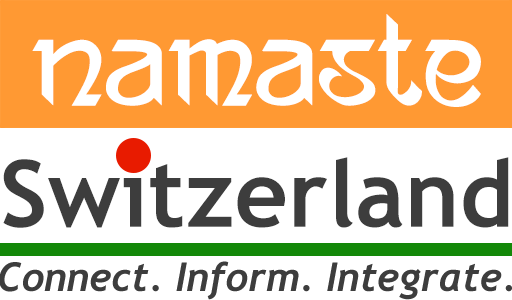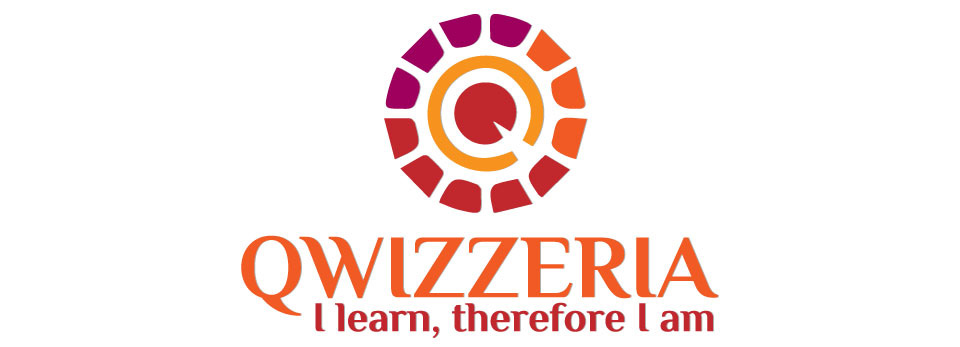For many of us, summer equals a holiday at the beach. However, since travel will be pretty restrictive for the next few months, we decided to bring in a summery feeling by creating sea creatures using the paper weaving technique?
The weaving technique has been used to create fabrics since ancient times and was well-known in all of the great civilizations such as the Egyptian, Mayan, Inca and ancient Chinese. Tropical regions have used the weaving technique to create shelter from palm leaves.
Paper weaving can be seen in 19th-century artwork books. Coloured paper weaving albums were inspired by Friedrich Froebel’s Kindergarten Movement. Paper weaving elements have also been used in the Japanese paper art “origami” and also has a unique place in the Korean papercrafts.
Paper weaving is a very popular craft project in schools as it helps with learning colour, patterns, textures, and improving motor skills, dexterity, concentration, mathematical application, understanding historical perspective and design discipline. It becomes even more interesting for teenagers and adults when used creatively to make complex projects, portrait drawings or optical illusions using this technique.
Materials required

- Coloured craft paper (thicker than regular A4 printer paper)
- Paper cutter or craft knife
- Cutting mat or hardboard
- Long ruler
- Pencil
- Glue stick
- Pattern scissors (optional)
A little weaving terminology
Loom: The frame used for weaving the piece.
Warp: The pieces that run from top to bottom (up and down) of the frame.
Weft: The strips that run across the warp (side to side).
Web: The whole piece created by weaving.
Steps – Basic paper weaving
- Select at least two different sheets of coloured papers. We bought our craft paper from Aldi / Lidl, but one should be able to find these easily at Coop Bau und Hobby or Do It Migros. Our papers measured about 48×34 cms.
- The first sheet of coloured paper forms your loom as well as the warp. On the back of the paper, we measured about 4 cm from either end and marked out an inner rectangle. Now within this rectangle, we marked 2 cm spaces (alternately one can choose how thick or thin one wants it to be) across the length of the paper. This frame becomes your loom. Using the ruler to connect the marks on either end, we made cuts along with the breadth of the paper which makes your warp. Younger kids will need help with this step.

- Optionally, the warp pieces can be cut irregularly (freehand cutting, curved or otherwise) instead of in a straight line to create a unique pattern.
- Cut the weft strips from the second sheet of coloured paper (straight or using the pattern scissors). This cutting can be done by 4+-year-olds. To make it easier, an adult can help kids by drawing lines on the paper before cutting them. Use about approximately 2 cm thickness for the strips, if the kids are cutting them out for safety reasons.

- To start weaving, place the weft strip over one warp and under the next warp. Repeat this till the end of the first row. For the second row, start by placing a weft strip under one warp and over the next warp, repeating the pattern until the end of the row. Keep the weft strips pushed towards the previous strips.
Now complete the web by weaving each weft strip over the warp, alternating like mentioned above. Secure the ends of the weft strips using a glue stick. Now you are ready to use your paper weaving craft as a placemat, picture frame backdrop, for scrapbooking, in cards, as a party photo prop, etc.
Once you get a hang of it, you can manage with just a cutter, a ruler, and a visual approximation to mark out measurements and create the warp or cut the weft strips.
We used the paper weaving technique to make our underwater sea creatures more special. What’s your idea?
Disclaimer: Opinions and methods expressed are solely of the writer. Namaste Switzerland does not undertake any obligation or liability which may arise from the content.












